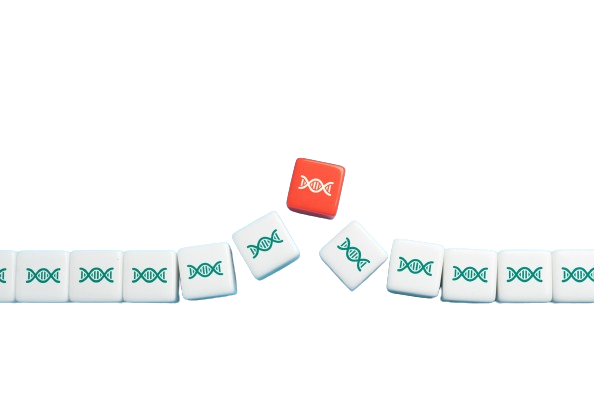Transdermal is a route of administration in which the product is applied to the skin, through the dermal layer. Such products can be creams, gels, patches, ointments, lotions, gel-creams, plasters and any other pharmaceutical form that allows its API to permeate the layers of the skin, resulting in a therapeutic effect.
Some of the advantages of this route are:
- no first pass metabolism
- prevention of gastrointestinal erosion caused by certain drugs
- sustained release: lower fluctuations of plasma levels
- lower inter- and intra-patient variability: not influenced by gastrointestinal fluids
- appropriate for APIs with a (very) short half-life, low therapeutic index and/or low oral bioavailability
- patient-friendly: easy to use; simple posology
- better adherence for some medicines, especially when there are prominent oral side-effects.
Challenges in developing transdermals
Although the prominent advantages of this delivery route, the development of a transdermal dosage form with proven and consistent transdermal permeation is a complex task as it requires extensive laboratorial testing to confirm its efficacy, and this can be challenging to the compounding pharmacies worldwide.
There is a large number of factors that influence the efficacy of transdermals:
- APIs’ pKa, molecular size, oil/water partition coefficient and stability within the formulation.
- Location where the cream is applied and the bonds the API is making with the epidermal components that it finds in the path.
- pH of the formulation also influences with permeability, as the pH can ionize weak acids and bases and reduce permeation.
- Factors intrinsic to the patient and the environment: the patient’s age (the children’s skin is the most permeable, and permeability declines with age), temperature, relative humidity (the higher the humidity, the greater the permeability), the patient’s sex (male’s skin has decreased penetrability compared to female skin), the diet followed by the patient, the degree of skin hydration, skin diseases, concomitant intake of medications, and the lipid degree of the skin.
Overcoming the challenges with a simple solution: Pentravan®

As the development of an effective transdermal vehicle requires a lot of laboratorial experimentation, which are both cost and time-consuming and could make it inviable for the compounding pharmacies, ready-to-use vehicles started to be developed with a focus on this sector. Two of such vehicles are Pentravan® and Pentravan®Plus, developed to ease the compounding process and to provide efficacy data for the pharmacists.
As the bioavailability of the API and the resulting therapeutic effect are the consequence of the permeation from the vehicle used, permeation studies are a good tool to get insight in what percentage of the API will reach the bloodstream and exert its effect – and yet, no transdermal vehicle has been more intensively studied then Pentravan®.
In addition, Pentravan® and Pentravan®Plus are formulated without parabens, formaldehyde donors, benzyl alcohol/benzyl benzoate, triclosan, para-aminobenzoic acid, boric acid, mineral oil and petrolatum, peanut oil, lanolin, sodium lauryl sulfate, ethoxylates and 1,4-dioxane, propylene glycol, fragrances and dyes, phthalates, and nitrosamines.
Pentravan® is the most extensively studied transdermal base for compounding pharmacies. Studies published so far include:
- Endrocrinology: testosterone, estradiol, estriol, progesterone and oxandrolone.
- Aging: resveratrol, SiliciuMax®, metformin and desmopressin.
- Gynecology: resveratrol, dienogest, gestrinone, nimesulide, piroxicam, MiodesinTM, progesterone and testosterone.
This makes Pentravan® the most scientifically and validated vehicle to compound transdermals.





